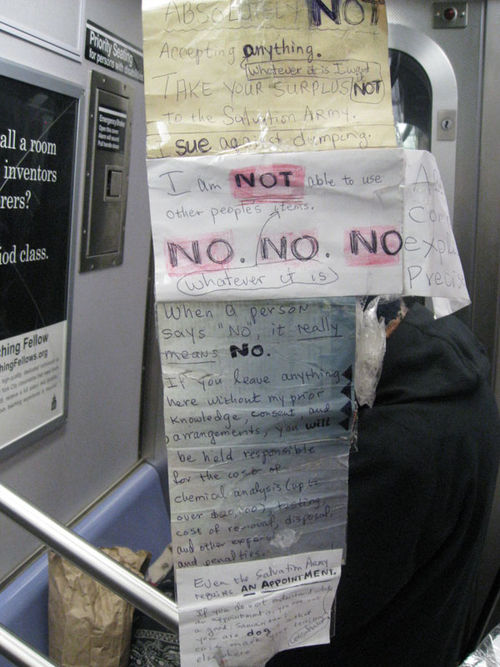As you are most likely aware, last week director Roman Polanski was arrested in Switzerland on an outstanding warrant for his arrest in the U.S. He fled to Europe in the 1970s after being charged with giving prescription drugs and liquor to a 13-year-old girl, then raping her. He plead guilty to a lesser charge of improper sexual conduct with a minor (and said he wasn’t aware she was 13 Reader Lucy pointed out that while he at times claimed not to have known her age, he later acknowledged that he did), then left the country and generally avoided countries with an extradition agreement with the U.S. (and skipped the Academy Awards when “The Pianist” was nominated).
Anyway, the reaction from Hollywood has been generally supportive of Polanski. Many film industry notables signed petitions last week opposing his extradition and asking that the charges be dropped. Melissa at Women & Hollywood suggests that this might be, in part, because:
…the issue touches close to home for many a director who has probably employed the “casting couch” and may have committed an action similar to Polanski’s sometime in his career. Plus, I’m sure there is pressure being applied to people to get on board and support the artist.
In an example of how many in Hollywood are defending Polanski, Whoopi Goldberg explained on The View that it wasn’t “‘rape’ rape”:
Notice that part of her defense (about about 0:30) is that they’d had sex before, which seems to preclude the possibility that he could have raped her (and assumes that those previous times were consensual and that sex with a 13-year-old is okay as long as it was consensual).
At about 2:05 she appears to make a sort of cultural relativist argument, saying that we’re a “different kind of society,” while in other places, including “the rest of Europe,” 13- and 14-year-olds are sexualized. That is, of course, entirely true (that girls at 13/14 have been treated as marriageable/sexual, not that this is specifically true “in the rest of Europe”), both historically and now (my great-grandma married a 22-year-old man when she’d just barely turned 15). There are a lot of interesting points there, but Goldberg doesn’t seem to be making a complex argument–she seems to be saying “in some places this would be okay, so we shouldn’t punish him.”
At 3:15 they discuss the responsibility of the mother, asking what kind of mom would let a young girl go alone with an older man. It’s a very appropriate question to ask. And my guess is: lots of parents in Hollywood, if the older man was an influential director who said he had set up a photo shoot for a major fashion magazine for your daughter. That, of course, is horrid; at the very least it’s extreme denial (“oh, he’s so nice, he just wants to help her get her big chance because he sees something special in her”), at worst it’s actively offering sexual access to your child for a chance at stardom.
I can’t see, however, that it in any way changes the situation regarding Polanski. And the use of excuses like “they’d had sex before, so it couldn’t be rape” is stunning to me.
Melissa at Women & Hollywood adds:
The thing about the Polanski case and why it is resonating across the country and the world is that lots of people don’t like the double standard that Hollywood is showing here. Hollywood is liberal when it feels like it like with the environment, but not when it comes to women.
Also check out Jillian York’s discussion of Hollywood’s support of Polanski.
Jezebel has a video of Chris Rock on the Jay Leno show criticizing the support for Polanski, one of the few celebrities to very openly do so.
UPDATE: Here’s the ever-awesome Jay Smooth on the topic:
In a random tangent, when I was searching for the video clip from The View I saw another version posted to YouTube with this description: “Disgusting Obama-type of Morals/Values—Whoopi Goldberg DEFENDS Roman Polanski: It Wasn’t Rape-Rape.” It reminded me of my recent post about Rush Limbaugh’s description of “Obama’s America,” in which Obama has become the symbol moral decay.

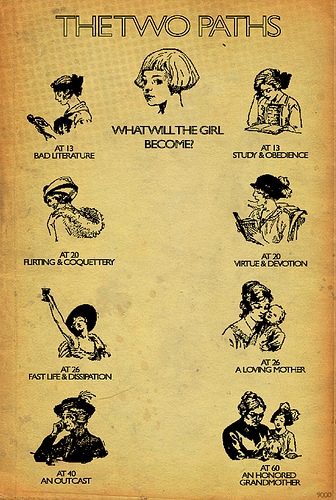
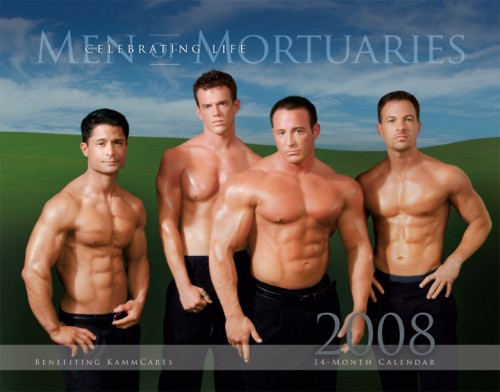


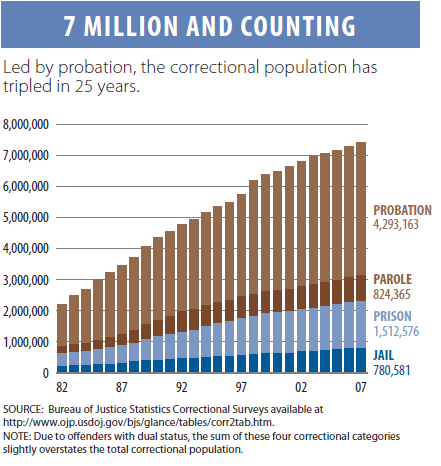
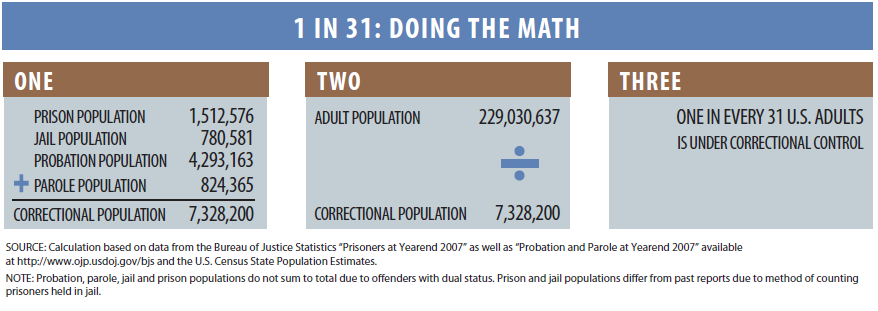
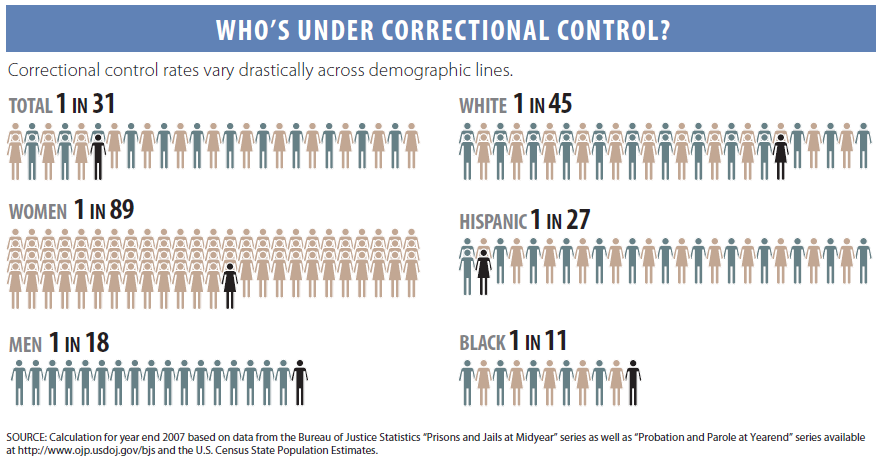 See the
See the 